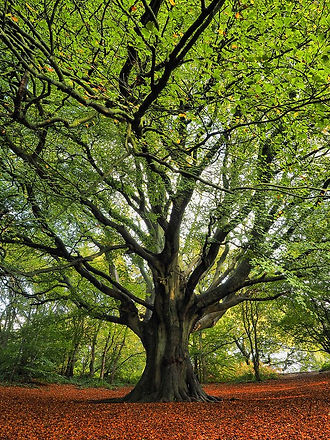THE TREE
Project Summary
July 2023
The Tree is an experimental project, it attempts to explore a process with which creative, complex ideas can be designed and fabricated without exponentially more cost by integrating open-source tools. It also attempts to experiment with existing materials on the market that involve intentional reduction of embodied carbon. Specifically, we choose to focus on one of the most fundamental forms of expression – hand sketching, and a fabrication method that has huge potential to directly translate such expression – 3D printing, while bridging the two ends with a variety of open-source libraries, including Blender, GLFW, MeshLab, FreeCAD and PrePomax.
Try to draw on a vector field canvas! Use the left and right mouse keys to draw.
(Please use a computer or a laptop)
PHASE ONE - FORM GENERATION
Drawing inspiration from organic structures found in nature, we created The Tree as a testament to the vision of seamless integration and efficient feedback loops throughout the design process. As a living proof of concept, The Tree demonstrates how we can bring geometric complexity into harmony with affordable fabrication methods.

(image comes from the internet)

(image comes from the internet)
Geometries of trees in nature are results of internal genetic expression and responses to the environment, we translated these dynamics into form generation with a combination of computer scripts and hand sketches - an interplay between an invisible vector field in place and sketches on a canvas. We explored both script-based only and script/sketch hybrid approaches, the corresponding results were compared as shown.

Form Generation from Script

Form Generation from Script and Sketch

Form Comparison
PHASE TWO - STRUCTURAL ANALYSIS
We evaluated the structural viability of the model through preliminary finite element analysis (FEA) using open-source tools. With the feedback from the analysis, we made minor adjustments to the geometry to increase simulated structural performance.
Open-source tools for such analysis on complex geometries are limited, a full FEA can appear to be an overkill for this specific task. An analysis based on simpler structural simulation together with modular joint design is seen as a better approach and is worth further study.
PHASE THREE - FABRICATION
The project started with the goal to deploy materials that are more sustainable than commonly used materials for 3D printing. We chose wood-fused PLA, seeing it as a middle-ground material between sustainability, constructability and availability, and used two desktop 3D printers to fabricate the full five-feet-tall model. Joints were custom-designed and also 3D printed, different parts were filled with different infill densities to balance weights and stabilize the model.

Nerf Mesh of 3D Printed Tree Parts

The Tree - Physical Prototype
Since most of the tools we used in the process are open-source free tools, the cost of the project is less than half of what was originally projected using commercial tools and services. A dominant portion of the cost was spent on materials. It took us longer to design and fabricate the model than the original projection, most of the time was spent on software development, learning curves of new tools and prolonged production due to hardware (3D printer) constraints. There are clear opportunities for efficiency in process improvement and hardware upgrades.